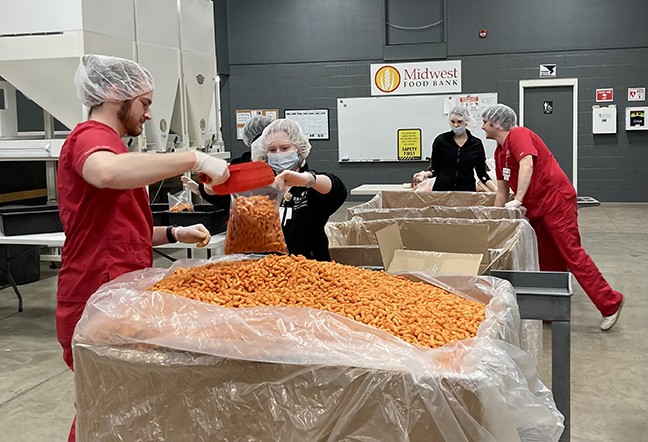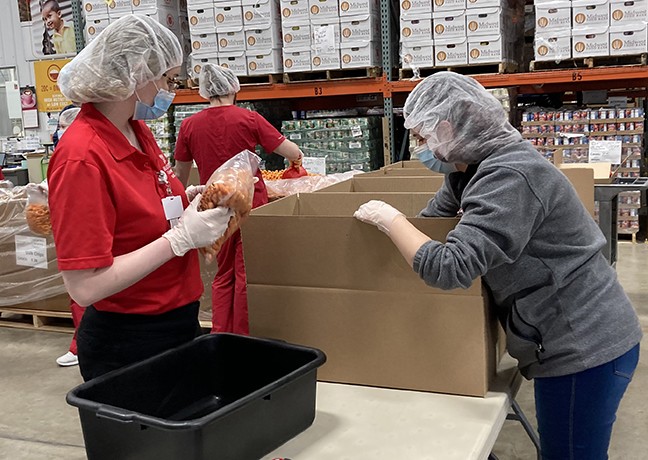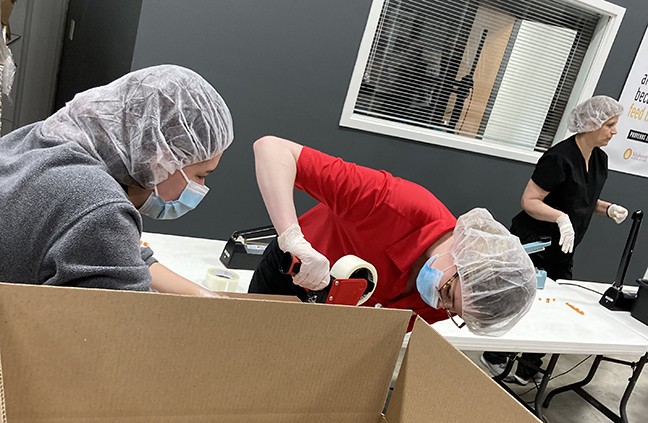Nursing students learn the realities of food insecurity
Knowing about something and experiencing it firsthand are two different things. A community health course at Bradley University takes book knowledge to a real-life experience through a poverty simulation exercise. The class also connects the dots for students as they learn how food pantries and food banks work together and how those resources can help families and their future patients.
The poverty simulation assignment goes like this: Students are assigned a particular disease and must create a meal plan for that disease. They are also given a family profile - the number of people in the family and their ages- along with "$100 in public assistance." Students then take this scenario and figure out how to get groceries according to their meal plan and budget. They often fall short on money and have to adapt their meal plan. The students then discuss those obstacles and how food pantries can fill the gap.
"This is why they come to volunteer at MFB, to better understand how food pantries and food banks operate," says Valerie Ragon, RN instructor at Bradley. "It also gives students a look at how to give back to their community."
This project is a great way to shed light on some of our community's health and nutrition issues," says Lisa Martin, executive director of MFB Morton. "By learning about the barriers and resources available, these students can then pass this knowledge along to those they encounter."
Each semester nursing students volunteer at MFB Morton as part of this course work. It helps them understand that their future patients may need more than just medical care."
When you subscribe to the blog, we will send you an e-mail when there are new updates on the site so you wouldn't miss them.



